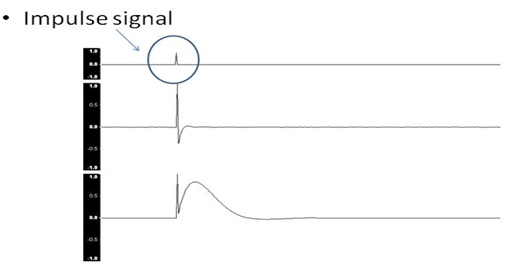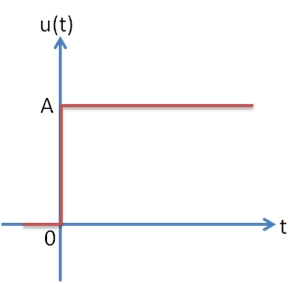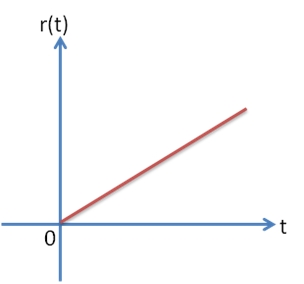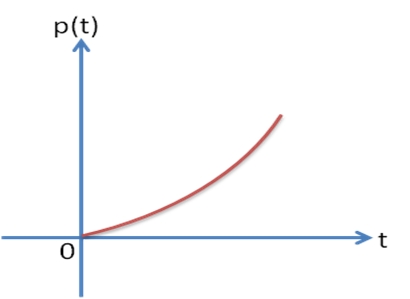As Nasir discussed earlier, there are two ways to analyze working and functioning of control systems namely, Time domain analysis and Frequency domain analysis. In the preceding article that he wrote, he thoroughly studied time domain analysis. Now check what he has to say about testing signals. Will you agree?
Introduction
Let’s recall the functioning of time domain analysis:
When response of a dynamic system is expressed as a function of time it is called time domain analysis. This analysis can only be applied when nature of input plus mathematical model of the control system is known. It is not easy to express the actual input signals by simple equations as the input signals of the control systems are not fully known. There are two components of any system’s time response, transient response and steady response.
- Transient Response
The element of the system that vanishes with time is called Transient response. It is the response of the system from rest or equilibrium to steady state. It is denoted by ctr (t) - Steady-State Response
The element of system response is achieved when the time approaches to infinity. The response of the system after transient response is basically called steady state response. It is denoted by css (t)
Typical test signals in time domain
The dynamic behavior of a system is manipulated and judged under the application and working of standard and typical test signals. The characteristics of an input signal are constant acceleration, constant velocity, a sudden change or a sudden shock.
There are four types of typical test signals: Impulse Step, Ramp, Parabolic and another important signal is sinusoidal signal.
- Impulse Signal
Impulse response in control system imitates sudden shock quality of actual input signal. Impulse is the output of system when given by small input. Impulse response emphasis on change in the system in reaction to some external change. It is the reply of the system to the direct delta input.
- Step Signal
The step signal defines the sudden change in properties of actual signal. It is being used to see the transient response of system as it gives you the idea about how the system reply to interruption and somehow the system stability. - Ramp Signal
The ramp signal tells you the constant velocity attribute of actual input signal. It is being used to determine the behaviour of system with the velocity factor. - Parabolic Signal
Parabolic signal gives the constant acceleration distinction of actual input signal. It gives the idea about how the system will respond along with acceleration.
When A=1 then the impulse signal is called Unit impulse signal.
When A=1, the step is called unit step signal.
When A=1, ramp signal is called unit ramp signal.
When A=1, the parabolic signal is called unit parabolic signal.
Conclusion
The typical test signals judge the performance and working of a control system in the time domain analysis. We discussed the four times of signals that are Impulse step, ramp, parabolic and sinusoidal. These all have different graphs and different effects. These typical signals determine the behaviour and nature of a dynamic system.
The next article will chain the tutorials of order of systems and we will introduce you to first-order systems.
Nasir.











What’s up, I log on to your blogs on a regular basis.
Your humoristic style is awesome, keep up the good work!
Thank you for the auspicious writeup. It in fact was a amusement account
it. Look advanced to far added agreeable from you!
By the way, how can we communicate?
Wow, awesome blog layout! How long have you been blogging for?
you made blogging look easy. The overall look of your web site is magnificent, as well as the content!
I tend not to leave many comments, however i did some searching and wound up here Typical Test Signals in Time Domain Analysis